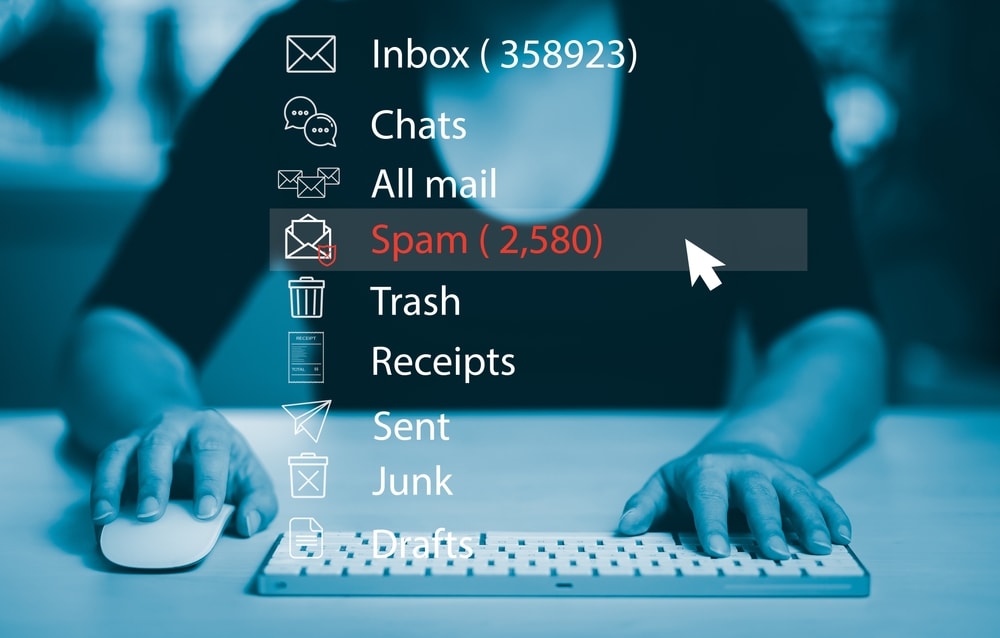How many emails do you send out each month? One? 20? 100? Depending on your industry, you could send 20 emails in an hour! When you’re cranking out that much content, are you taking the time to write strong subject lines?
If not, listen up. Nearly 70 percent of email recipients will send an email to the spam folder based on the subject line alone. Do you want to go through all the work of creating and sending an email only to have nearly three-quarters of your list spam it? I sure hope not.

Writing a strong subject line isn’t hard, it just takes a little time and creativity. Here are some best practices to keep in mind for your next subject line.
1. Keep it Short
In the infamous words of Winston Churchill (that cheeky little devil), "A good speech should be like a woman's skirt; long enough to cover the subject and short enough to create interest."
Churchill might have been talking about speeches, but this idea can be translated to any type of content. A general rule for email subject lines is to keep them 50 characters or less. There are exceptions to the rule, of course, depending on your industry, your subscribers or your email topic. For the most part, however, shorter is better.
2. Make it Personal
In 2022, approximately 300 billion emails are sent every day. Um, what? That's an insane amount of traffic clogging up your inbox, so it's not surprising that people are so quick to send an email to spam; they can't keep up with all the messages they're getting.
The key to keeping your emails out of the spam folder is to make them as personal as possible. Greeting the recipient by name or sending emails from your company account instead of a free email service like Gmail are both great ways to do this.
3. Send Emails Regularly
One of the biggest mistakes you can make with your email marketing strategy is to send messages without a schedule. If you send a monthly newsletter, it should go out at the roughly the same time each month.
This can be a little tricky if you do email campaigns for events or product launches, because those obviously won't be on a set schedule. As long as you don't go from sending four emails a month to one email every six months, you should be fine.

4. Let Subscribers Know What to Expect
It's a good idea to send a welcome email to new subscribers explaining the type of content they can expect and to encourage them to add you to their address book to avoid any unintentional banishments to the spam folder.
You can also allow subscribers to choose the content they want to receive from you. For example, one reader might want to receive every message you send while another might only want information about your products. Giving them the power to choose what they get should greatly improve your open rates.
3 Bonus Best Practices for Email Marketing Subject Lines
- Use specific numbers: Think interesting or compelling statistics, but make sure to avoid verbiage that might trigger spam filters, like “100% free, “#1,” or “50% off”.
- Use engaging preview text: This is the copy that you see following a subject line in your inbox. When executed well it can really entice opens.
- Always test everything: There is no such thing as too much A/B testing. See what subject lines actually resonate with your audience by gathering actionable data.
If you like to see these best practices in action, check out these 10 B2B subject line examples.

 3 min read
3 min read





 3 min read
3 min read

